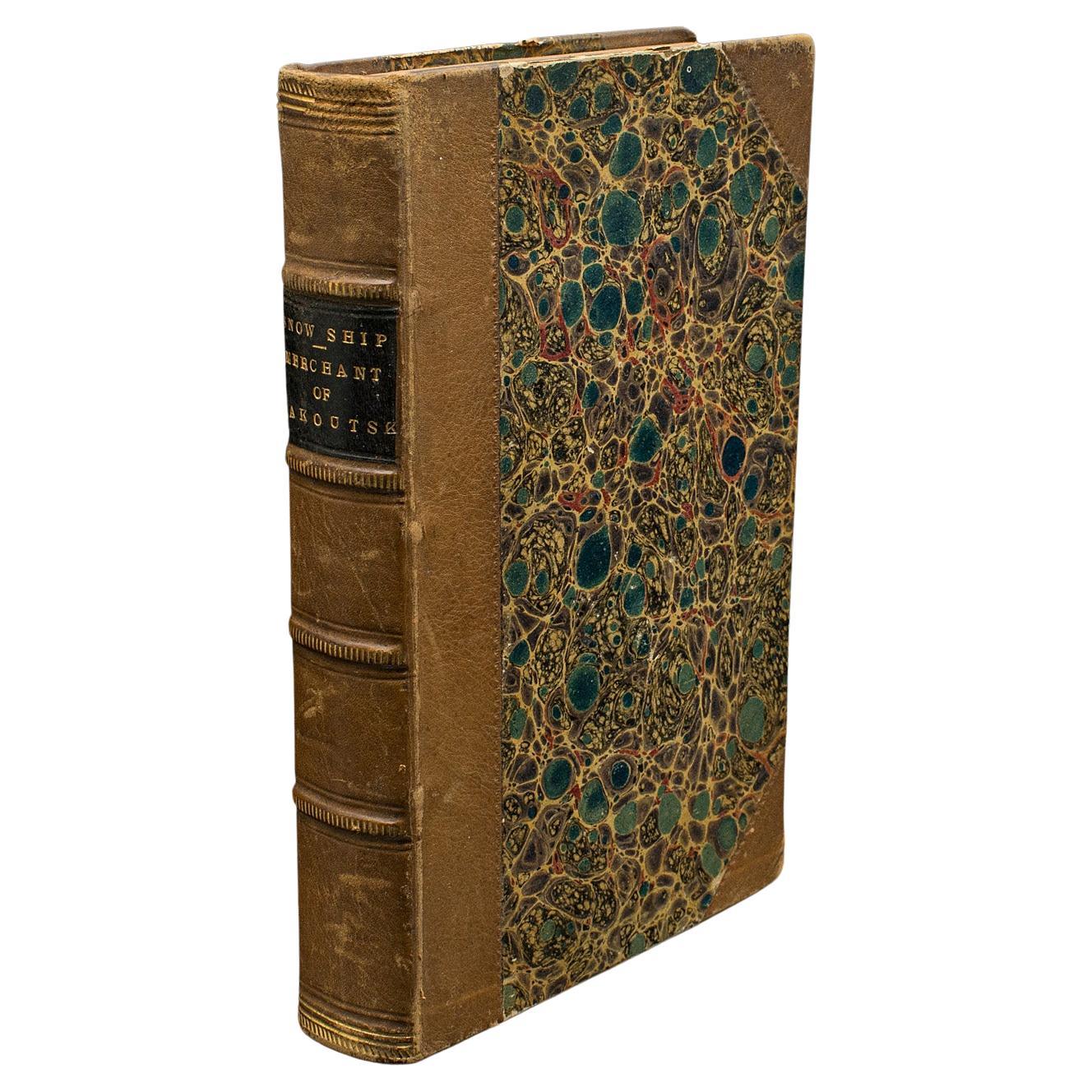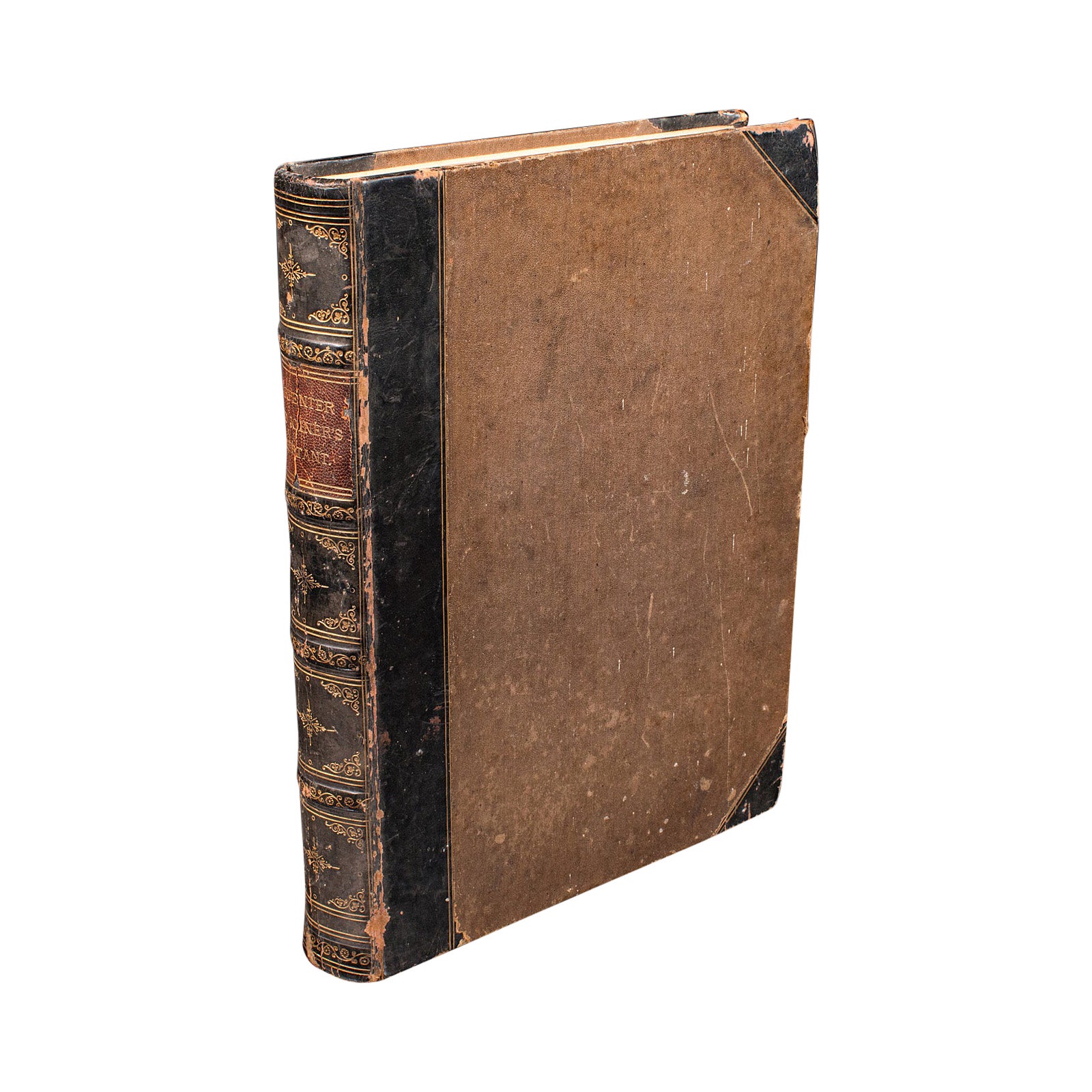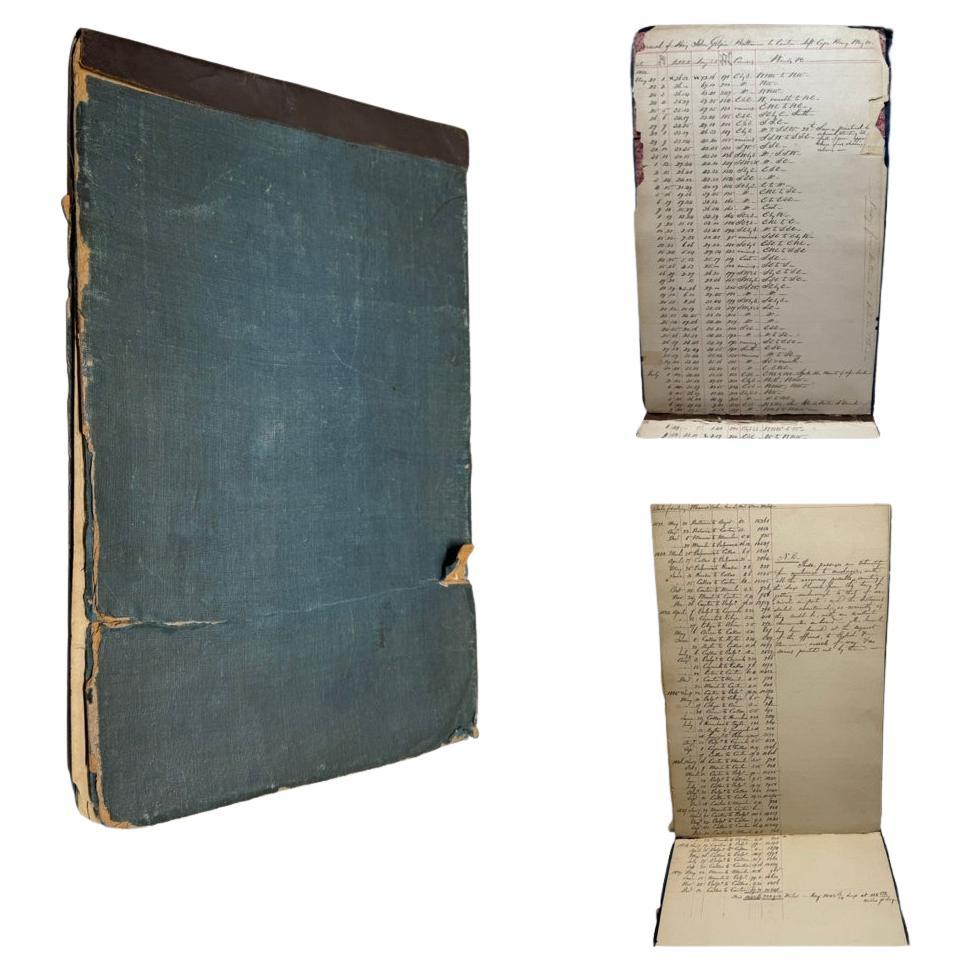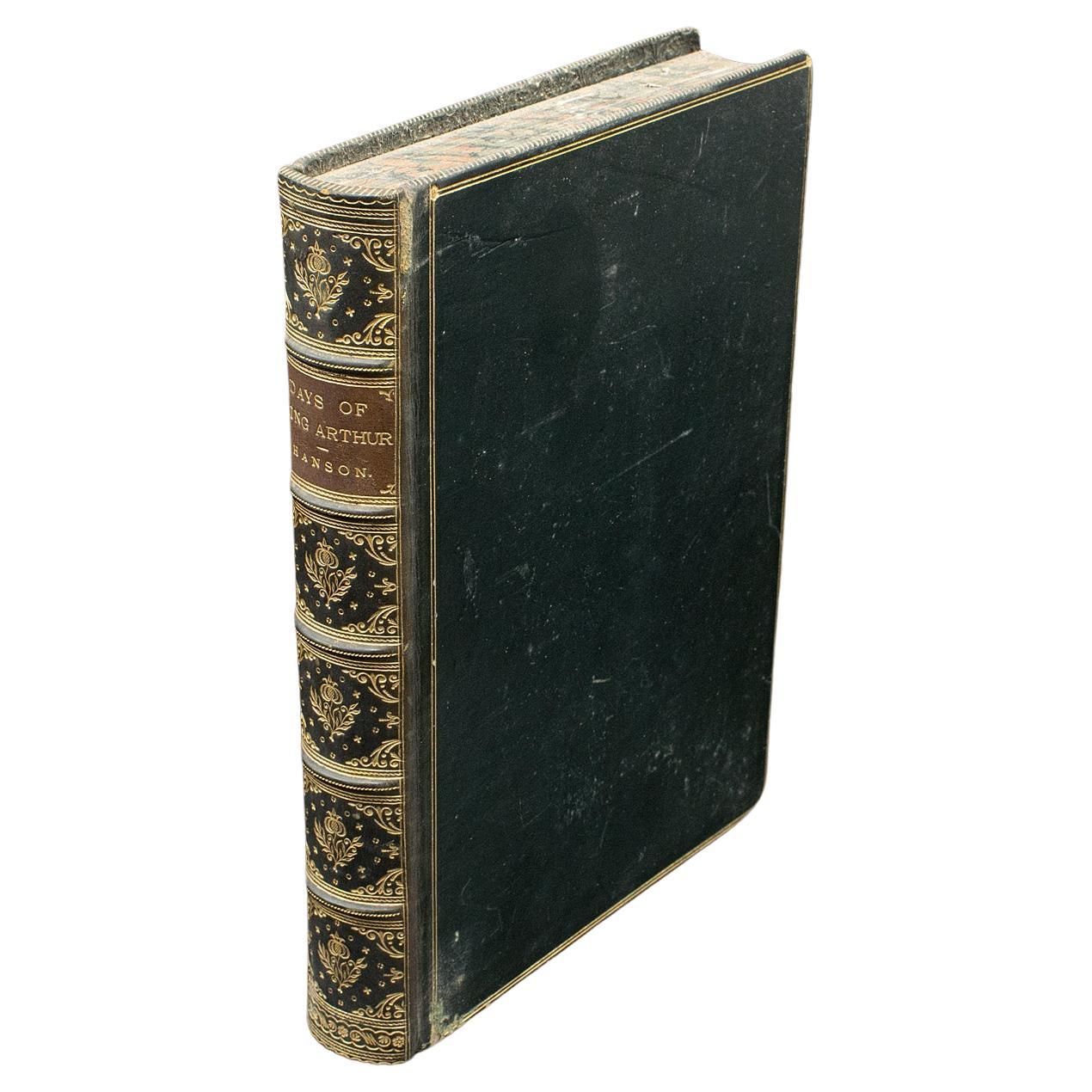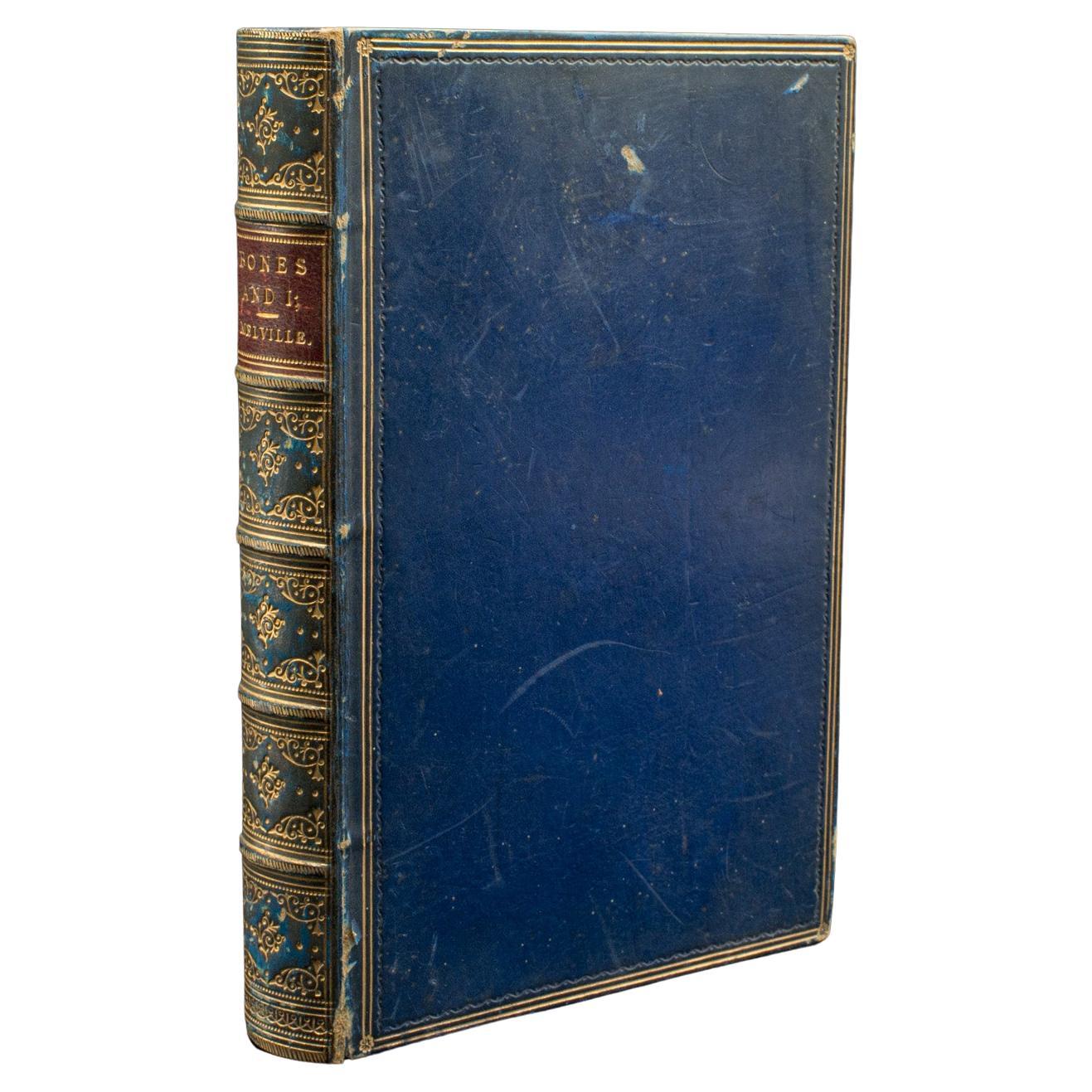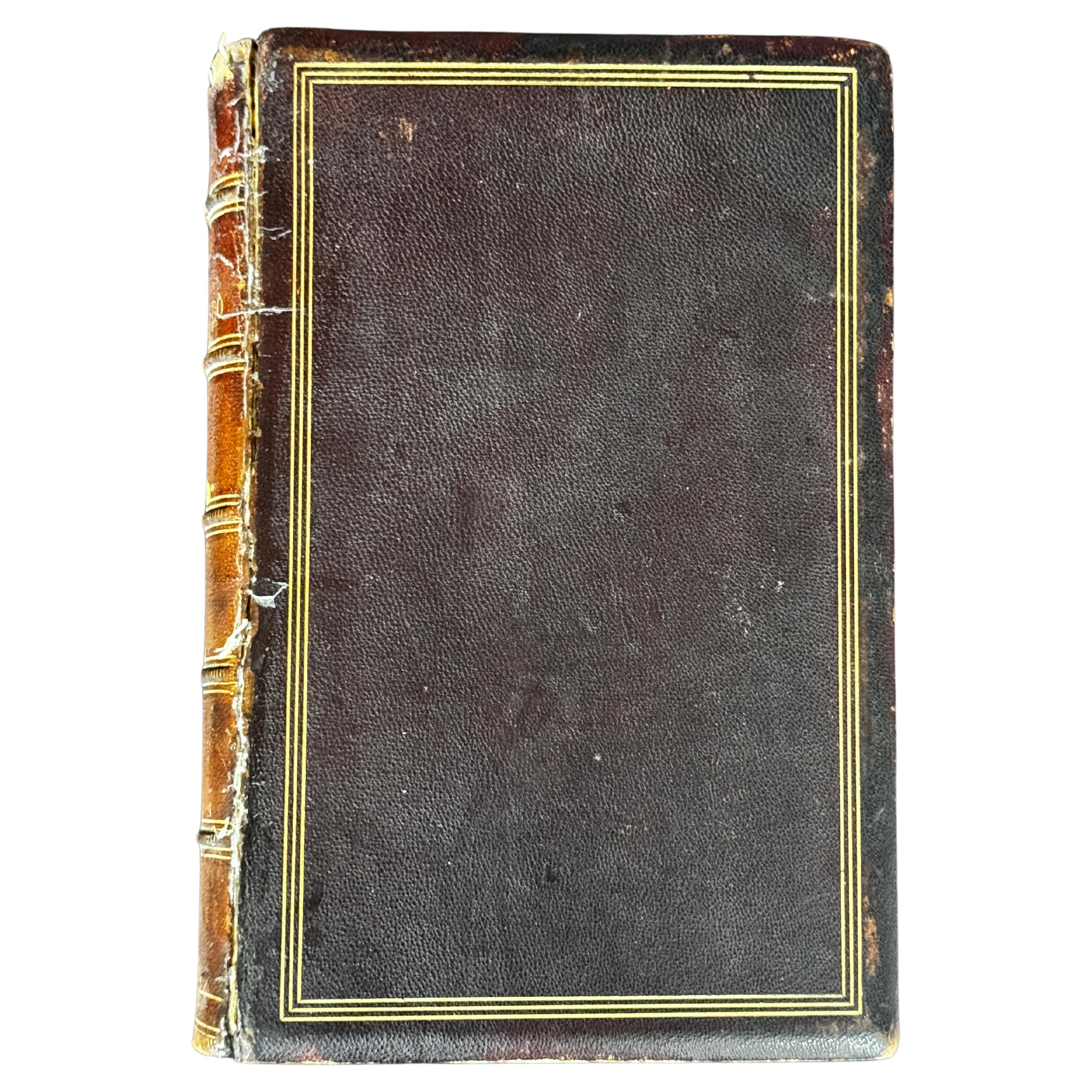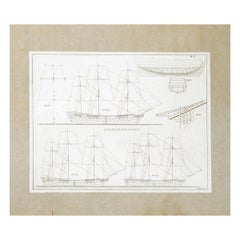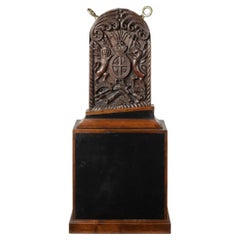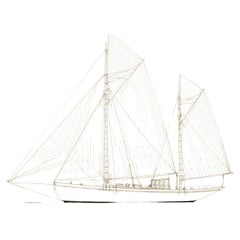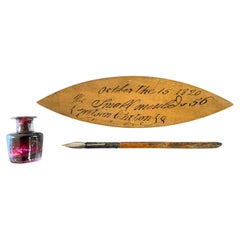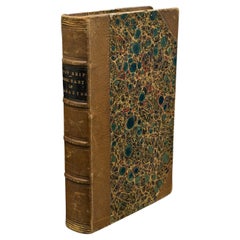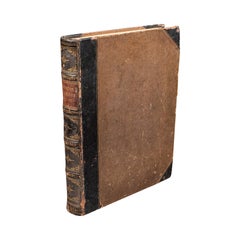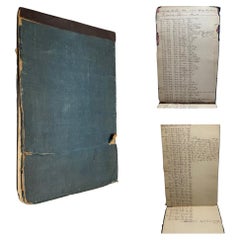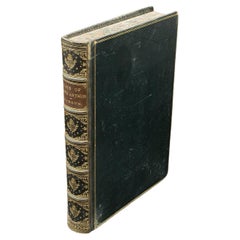Items Similar to A Fascinating Ship’s Log And Journal Relating To The Whitway/Whiteway
Want more images or videos?
Request additional images or videos from the seller
1 of 11
A Fascinating Ship’s Log And Journal Relating To The Whitway/Whiteway
$2,574.60
£1,875
€2,194.44
CA$3,551.84
A$3,904.45
CHF 2,052
MX$47,414.30
NOK 25,598.21
SEK 24,252.51
DKK 16,377.68
About the Item
A Fascinating Ship’s Log And Journal Relating To The Whitway/Whiteway Family of Bristol Mariners, Along With A Dispatch Letter From The Bureau in St Petersburg Relating to One Of The Ships Mentioned In The Journal Itself. The Journal Also Featuring A Plan Of Part Of A Ship With Measurements And Several Fascinating Poems, At Least One Of Which Was Written By William Whitway Himself.
This fascinating journal details a selection of voyages undertaken by vessels owned by William and, in one case, Mark Whitway of Bristol. The Whitways acted as master on each one of the voyages and their vessels, as we know from contemporary newspaper reports, were available for general hire. The period covered by the journal is 1824-1833 with the additional St Petersburg dispatch letter, relating to one of the vessels previously owned by Whitway, dated 1838.
Each entry in the journal covers the daily movements of the various vessels, recording their longitude and latitude on each day’s travel. The initial voyages are all between the Whitway’s home port of Bristol and the West Indies, the first voyage taking 39 days out and 41 days back. The vessel at this stage was the brig Clyde, followed by the brig Russell, then two voyages for the barque Charlotte (with Mark Whitway as master apparently) and finally the brig Duchess of Beaufort. The 1838 dispatch letter mentioned earlier is also for the Duchess of Beaufort but the master at this time was Henry Stephens.
British ports featured in the journal are Bristol, London, Pembroke and Hull. The foreign destinations included Jamaica, St Andrews, Antigua and Montreal.
The documentary evidence provided by the journal and letter bear testament to the entrepreneurial expertise of one family of master mariners and newspaper accounts shed some light on the cargoes carried by the firm’s vessels.
Most unusually, the journal also incorporates a small drawing of what is presumed to be part of the deck of one of the vessels and then, after several blank pages, what remains of the volume is used to record events of a very different nature. There are multiple pages of surprisingly accomplished poetry, the titles of some of poems being A Caution for Courtly Damsels and Advice to a Lady. One of the poems ends with the lines “but in the fellowship of death, we separate no more” and is signed “W. W. to S. C.” Presumably the poem is the work of William Whitway and this sheds an altogether different light on the master mariner and his personal preoccupations.
This is a truly fascinating piece of maritime history with a personal touch that is missing from most other surviving journals of this kind. Most of the records for the voyages begin with a dedication asking for “God’s permission” to undertake the journey and praying for the safe return of the crew. For one family to have been involved in so many long distance voyages over a relatively short period of time is quite impressive in itself and this journal sheds light on the great difficulties faced by mariners at this time. A true museum piece.
- Dimensions:Height: 10.75 in (27.31 cm)Width: 9 in (22.86 cm)Depth: 2 in (5.08 cm)
- Materials and Techniques:
- Period:
- Date of Manufacture:1824-1833
- Condition:Wear consistent with age and use.
- Seller Location:Lymington, GB
- Reference Number:1stDibs: LU973040851312
About the Seller
5.0
Recognized Seller
These prestigious sellers are industry leaders and represent the highest echelon for item quality and design.
Gold Seller
Premium sellers maintaining a 4.3+ rating and 24-hour response times
Established in 1982
1stDibs seller since 2013
135 sales on 1stDibs
Typical response time: 2 hours
Associations
LAPADA - The Association of Arts & Antiques Dealers
- ShippingRetrieving quote...Shipping from: Lymington, United Kingdom
- Return Policy
Authenticity Guarantee
In the unlikely event there’s an issue with an item’s authenticity, contact us within 1 year for a full refund. DetailsMoney-Back Guarantee
If your item is not as described, is damaged in transit, or does not arrive, contact us within 7 days for a full refund. Details24-Hour Cancellation
You have a 24-hour grace period in which to reconsider your purchase, with no questions asked.Vetted Professional Sellers
Our world-class sellers must adhere to strict standards for service and quality, maintaining the integrity of our listings.Price-Match Guarantee
If you find that a seller listed the same item for a lower price elsewhere, we’ll match it.Trusted Global Delivery
Our best-in-class carrier network provides specialized shipping options worldwide, including custom delivery.More From This Seller
View AllFrederick Chapman: ‘Naval Architecture War Vessels’, circa 1770
Located in Lymington, Hampshire
FREDERICK CHAPMAN: ‘Naval Architecture War Vessels’, circa 1770, , 50 engraved plates of various sizes depicting naval diagrams (numbered I-XXVI), four signed ‘F. Ringheim’and one ea...
Category
Antique 18th Century Swedish Books
Materials
Paper
Royal Naval Ship’s Elm Companionway Board
Located in Lymington, Hampshire
A Royal Naval ship’s elm companionway board, of rectangular form with an arched top and two sturdy brass rings, naively carved with a crowned coat of arms flanked by a lion and unicorn...
Category
Antique 1860s English Nautical Objects
Materials
Elm
Sir Harold Dudley Clayton: Naval architect and boat builder’s plans for Zinita
Located in Lymington, Hampshire
Sir Harold Dudley Clayton: Naval architect and boat builder’s plans for Zinita, 1909. Four framed naval architect’s drawings of the sail plan, cabin plan, sections and hull of ‘Zinit...
Category
Early 20th Century English Nautical Objects
Materials
Paper
Wilson Chilton’s mahogany Naval Architects/draughtsman box of curves/templates
By Gillows of Lancaster & London
Located in Lymington, Hampshire
Wilson Chilton’s mahogany Naval Architects/Naval draughtsman box of curves and templates, probably by Gillows still retaining around 100 superb quality...
Category
Antique 19th Century English Historical Memorabilia
Materials
Mahogany
Charles Dixon R.A. for King George V, Royal Yacht Britannia
Located in Lymington, Hampshire
This ‘en grisaille’ watercolour on paper is Charles Dixon’s preparatory sketch for a proposed but apparently uncompleted painting of the royal racing yacht Britannia...
Category
Vintage 1930s English Nautical Objects
Materials
Paper
Oak Yacht Tiller Mounted on Two Deck Planks
Located in Lymington, Hampshire
Oak yacht tiller mounted on two deck planks from the author Arthur Ransome's 1931 Hilliard built yacht 'Nancy Blackett'.
The tiller is from author Arthur Ransome's yacht 'Nancy Bl...
Category
Vintage 1930s English Nautical Objects
Materials
Wood
You May Also Like
Antique Novel, The Snow Ship, Percy St John, English, Fiction, Victorian, C.1880
Located in Hele, Devon, GB
This is an antique novel The Snow Ship by Percy St. John. An English language fiction book with secondary title Merchant of Yakoutsk, dating to the Vict...
Category
Antique Late 19th Century British Victorian Books
Materials
Paper
Antique Book, Carpenter and Joiner's Assistant, Architecture, Design, Victorian
Located in Hele, Devon, GB
This is an antique reference book, The Carpenter and Joiner's Assistant. An English language illustrated architecture and design title, dating to the Victorian period, circa 1860.
F...
Category
Antique Mid-19th Century British Victorian Books
Materials
Paper
Logbook of the Brig John Gilpin: Baltimore to Canton, 1832–1841
Located in Atlanta, GA
A rare and highly detailed early 19th-century maritime logbook chronicling the voyages of the American merchant brig John Gilpin, based out of Baltimore, Maryland, operating between ...
Category
Antique Early 19th Century American American Colonial Nautical Objects
Materials
Paper
Antique Book, Days of King Arthur, Mythology, English, Fiction, Late Victorian
Located in Hele, Devon, GB
This is an antique mythology book, Days of King Arthur by Charles Henry Hanson. An English language, hard bound fictional work with illustrations by Gus...
Category
Antique Late 19th Century British Late Victorian Books
Materials
Paper
Antique Book, Bones and I, Whyte-Melville, English, Novel, Victorian, Circa 1880
Located in Hele, Devon, GB
This is an antique book, Bones & I by George Whyte-Melville. An English language, bound novel, dating to the late Victorian period, circa 1880.
First published in 1868, Bones & I is a humorous novel written about a man - Jack Raggles - who gains possession of a human skeleton. Written by George Whyte-Melville (1821 - 1878), the book is a comedic and macabre blend of satire and class division.
Nicely presented example of this unusual title
Displays a desirable aged patina, lightly time-worn but intact
Bound with cloth over board in navy blue with gold...
Category
Antique Late 19th Century British Late Victorian Books
Materials
Paper
"The Annals of San Francisco" Leather Bound Book, 1855
Located in San Francisco, CA
"The Annals of San Francisco" Leather Bound Book, 1855
Published by Appleton & Co, NY First Edition
By Frank Soule, John H. Giron, MD, and James Nisbet
Category
Antique 1850s Books
Materials
Leather
